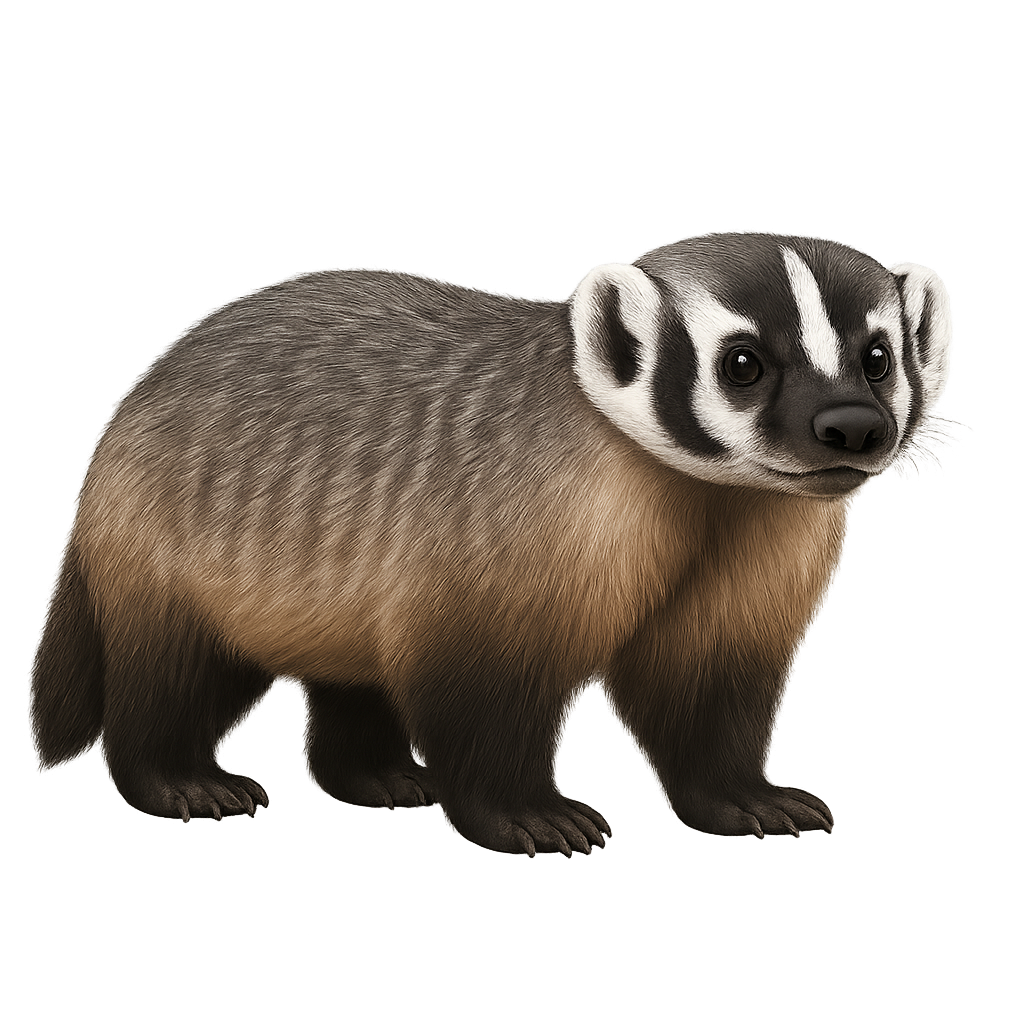Your wildlife photography guide.
Explore the american badger in detail, study its behavior, prepare your shots.
Where to observe and photograph the american badger in the wild
Learn where and when to spot the american badger in the wild, how to identify the species based on distinctive features, and what natural environments it inhabits. The WildlifePhotographer app offers tailored photography tips that reflect the american badger’s behavior, helping you capture better wildlife images. Explore the full species profile for key information including description, habitat, active periods, and approach techniques.
American Badger
Scientific name: Taxidea taxus

IUCN Status: Least Concern
Family: MUSTELIDAE
Group: Mammals
Sensitivity to human approach: Very shy
Minimum approach distance: 30 m
Rut period: July to August
Gestation: 35-50 jours
Births: March to April
Habitat:
Open grasslands, steppes, and dry plains
Activity period :
Mainly active at night, generally discreet during the day.
Identification and description:
The American Badger is a medium-sized carnivore, easily recognizable by the distinctive white stripes on its head and its sturdy, stocky body. It primarily inhabits prairies and semi-arid areas in North America, where it digs complex burrows for shelter and raising its young. The American Badger is mainly insectivorous, feeding on worms, insects, and occasionally small mammals and reptiles. Its powerful claws allow it to dig quickly and efficiently into the ground.
The American Badger is a solitary animal, often active at dusk and during the night. While not immediately endangered, it can be affected by habitat loss and illegal hunting in some regions.
Recommended lens:
400 mm – adjust based on distance, desired framing (portrait or habitat), and approach conditions.
Photography tips:
Approach slowly and discreetly, using a telephoto lens to avoid disturbing the American Badger, which can quickly hide in its burrow if it feels threatened.
Photograph early in the morning or at dusk, when the badger is most active, emerging from its burrow to search for food.
Capture moments of exploration: The American Badger is often seen digging the ground or burrowing in search of small animals. These moments provide excellent opportunities for photography.
Be patient: The American Badger can spend a considerable amount of time exploring its territory, so wait for it to be visible and engaged in its activities.
Although the American Badger is not currently endangered, it is important to respect its natural habitat and avoid disturbing its digging behavior. Follow local conservation guidelines to minimize your impact on this species and preserve its environment.
The WildlifePhotographer App is coming soon!
Be the first to explore the best nature spots, track rutting seasons, log your observations, and observe more wildlife.
Already 1 429 wildlife lovers subscribed worldwide

